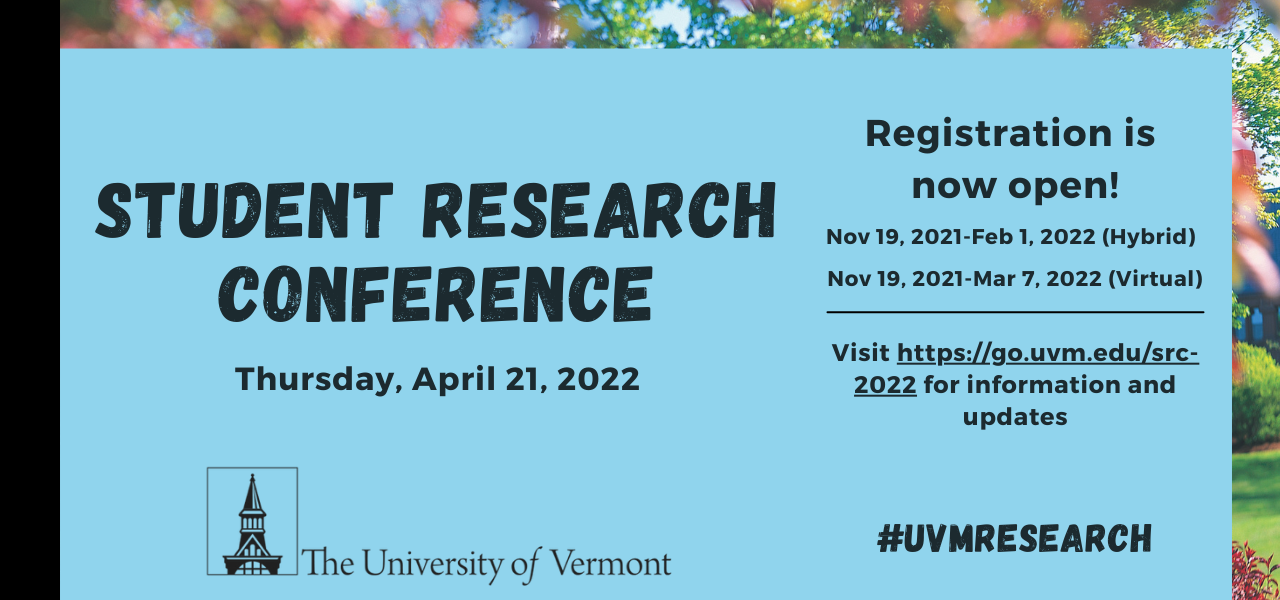Impact of pea genotype on yield of subsequently planted corn as mediated by soil microbial communities
Conference Year
January 2022
Abstract
Pisum sativum (pea) is important for humans and livestock and also benefits subsequently planted crops through nitrogen fixation and recruitment of soil microbes that support crop productivity. Since pea genotypes recruit different microbial species, we suspect the benefit to subsequent crops also differs. We grew 108 pea genotypes in pots for 5 weeks, then collected plant biomass and rhizosphere soil for microbial identity analysis. Subsequently planted corn was grown for 12 weeks then harvested for plant biomass. We anticipate corn biomass will differ depending on the pea genotype grown before due to differences in soil microbial diversity and nutrient status.
Primary Faculty Mentor Name
Eric Bishop von Wettberg
Secondary Mentor Name
Edward Marques
Faculty/Staff Collaborators
Jana Kraft, Heather Darby
Student Collaborators
Anna Moore, Emma Parks
Status
Graduate
Student College
Graduate College
Second Student College
College of Agriculture and Life Sciences
Program/Major
Plant and Soil Science
Primary Research Category
Food & Environment Studies
Secondary Research Category
Biological Sciences
Impact of pea genotype on yield of subsequently planted corn as mediated by soil microbial communities
Pisum sativum (pea) is important for humans and livestock and also benefits subsequently planted crops through nitrogen fixation and recruitment of soil microbes that support crop productivity. Since pea genotypes recruit different microbial species, we suspect the benefit to subsequent crops also differs. We grew 108 pea genotypes in pots for 5 weeks, then collected plant biomass and rhizosphere soil for microbial identity analysis. Subsequently planted corn was grown for 12 weeks then harvested for plant biomass. We anticipate corn biomass will differ depending on the pea genotype grown before due to differences in soil microbial diversity and nutrient status.


